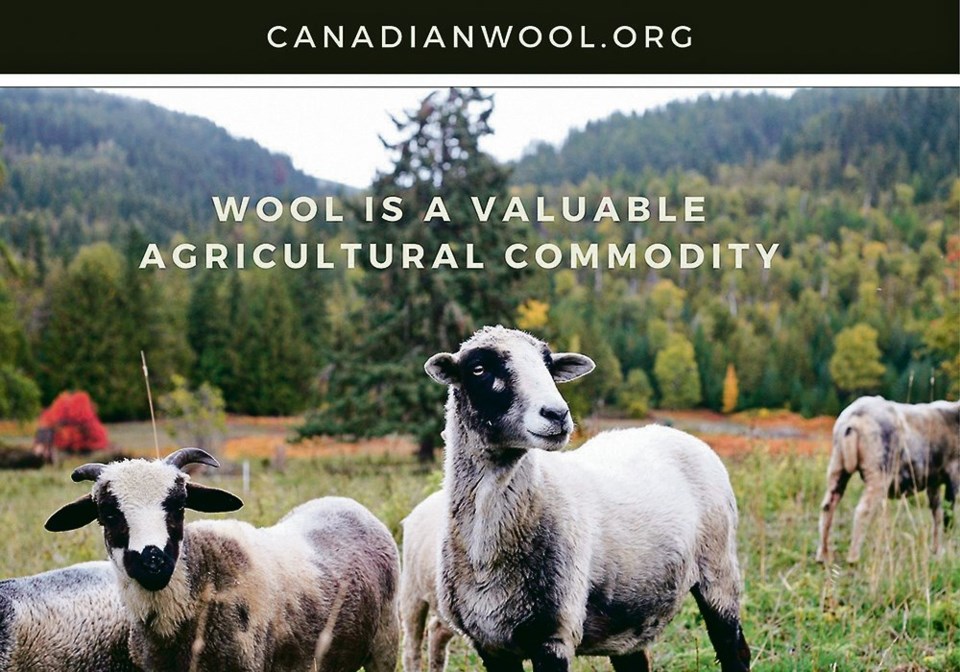WESTERN PRODUCER — The federal government has released its policy framework designed to “strengthen and grow” Canada’s agriculture sector and some Canadian shepherds and processors think they know where some of those funds should go.
They are carrying out a postcard campaign that includes letters to federal and provincial government officials to attract more attention to the wool industry.
Manitoba sheep farmer Anna Hunter, owner of the province’s only wool mill, hopes to draw the attention of government officials and attract some funding for Canadian wool.
Like many in her industry, Hunter found herself swamped by custom processing orders sent with the bags of wool shipped from sheep farms across the Prairies. Faced with untenable turn-around times, she and her husband were forced to contact customers to tell them that wait times were longer than anticipated.
“That caused a lot of anger and frustration,” she said. “And rightly so.”
Hunter wrote a letter to her provincial and federal representatives, which caught the attention of sheep specialists from Manitoba’s department of agriculture who called Hunter looking for more information.
Their interest and Hunter’s passion prompted a new campaign through canadianwool.org, a Canada-wide group working to “promote wool as a valuable commodity and advocate for increased infrastructure for the growing, processing and marketing of Canadian wool.”
From her farm southeast of Winnipeg, Hunter said she designed and hands out promotional post cards at every opportunity.
Canada’s next agriculture policy framework will replace the Canadian Agricultural Partnership in April 2023. The framework’s mandate includes priorities to tackle climate change, environmental protection, investment in innovation, supporting sustainable agriculture and economic growth, and building capacity through value-added agri-food and agri-products.
According to Hunter, a lot in the proposed new framework suits the wool industry.
“Research and innovation (would support) what Canadian wool can be used for, things like insulation and including it in building codes.”
She said federal funds could be directed to increasing Canada’s processing capacity and providing grants to cover the costs of starting up or expanding existing mills. New processes and dedicated scouring facilities in regional hubs would also help to alleviate the pressure and bottlenecks in current supply chains and put money back in the pockets of wool producers.
“I can’t think of too many other industries where you have to wait eight months to a year to get your own product back,” she said.
In online producer forums and fibre festivals across the Prairies, there has been a growing interest in the potential of Canadian wool outside the handcrafted market.
Products like wool pellets, which makes use of lower-grade, coarser wools common in many Canadian flocks, have been catching interest, particularly with the higher cost of fertilizer this year.
The wool pellets have been successfully trialed in the United States and according to a 2019 study through the University of Vermont, have a nitrogen-phosphorus-potassium profile of 9-0-2, holds water and helps to mitigate fluctuations in soil moisture.
Wool insulation has also been a hot topic. It’s natural, fire resistant and, according to a joint study from the universities of Brno in the Czech Republic and Vienna in Austria, “performed better in some cases” than mineral or rock wools.
In Canada, Havelock has been bringing in wool from New Zealand for its insulation batts but the construction and insurance industries don’t recognize or use the product.
Hunter hopes that the postcards and letters available from the Canadian Wool website will encourage support and bring real progress for wool.
“Let’s turn this into something powerful across the country,” she said.

